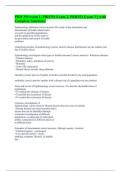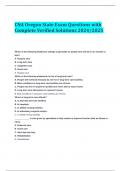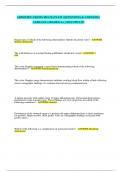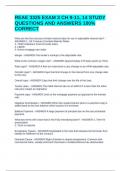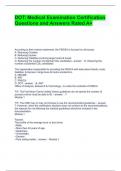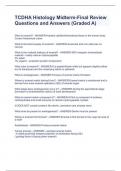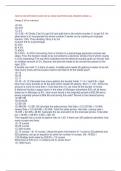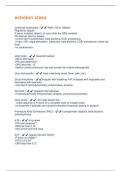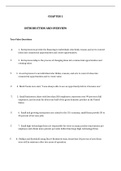Exam (elaborations)
PBH 354 exam 1, PBH354 Exam 2, PBH354 Exam 3 || with Complete Solutions.
- Course
- Institution
Epidemiology definition correct answers The study of the distribution and determinants of health related states or events in specified populations, and the application of this study to the prevention and control of health problems Underlying premise of epidemiology correct answers disease d...
[Show more]
